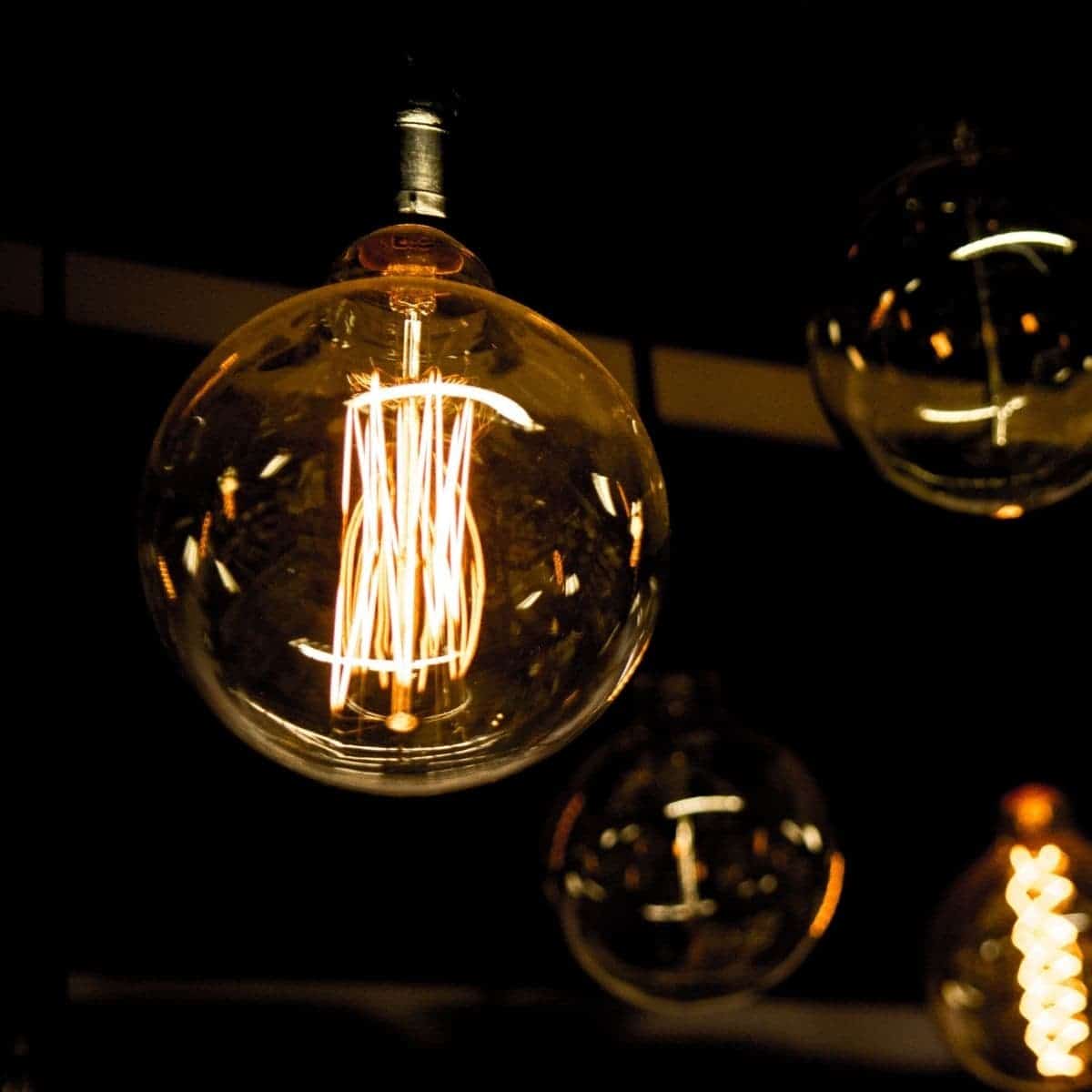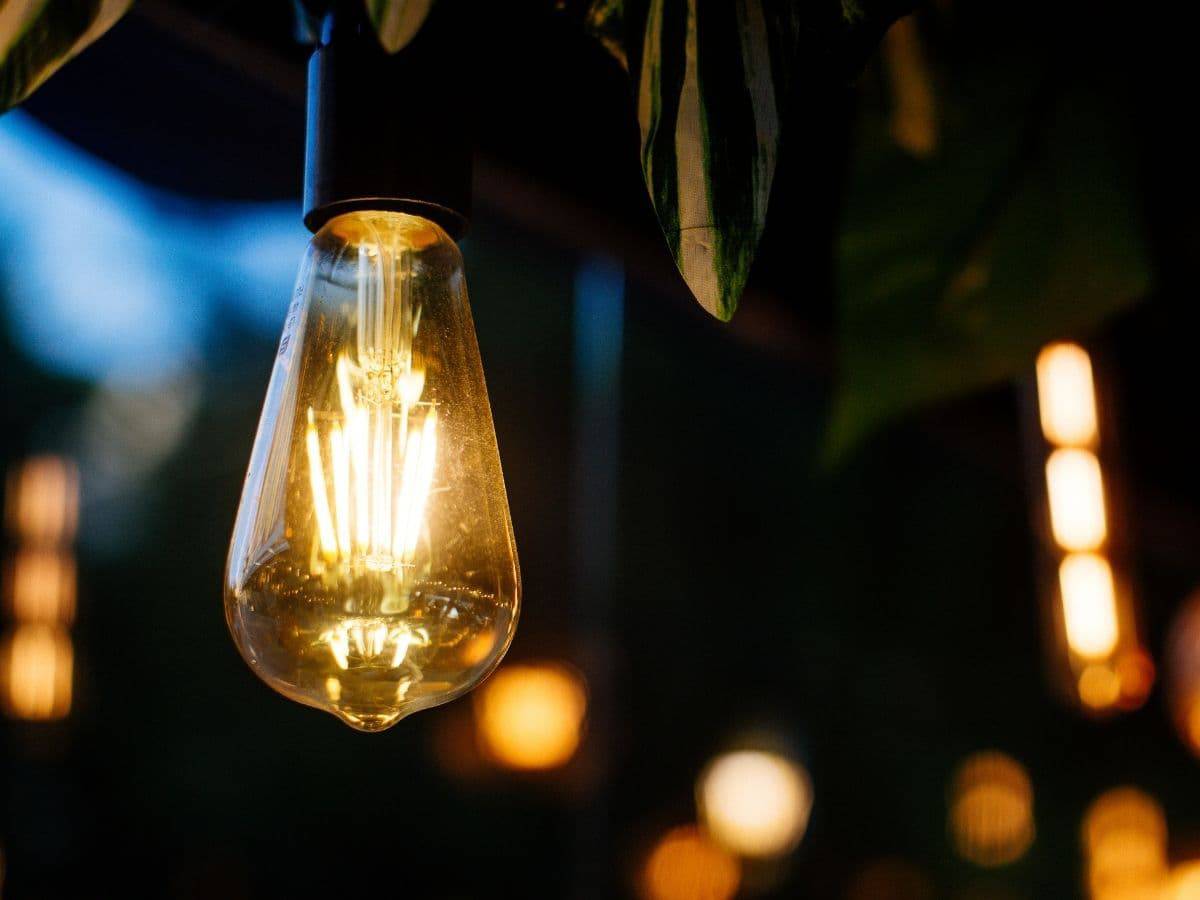In photography, tungsten light refers to a warm artificial light source. Learn how to use it to improve your photography.

Lighting is one of the most critical aspects of photography. When lighting is used intentionally and skillfully, the outcome is a great image.
Lighting techniques, such as loop, butterfly, or Rembrandt lighting, along with the color temperature, impact the mood of an image.
While photographers have switched to LED daylight bulbs, tungsten lights remain popular, especially in studios and film sets.
The following covers what tungsten lights are, the pros and cons, and how you can use them to your advantage in your photographs.
What’s tungsten light?
Tungsten light is an artificial light that uses tungsten-halogen bulbs, which produce a warm light with a color temperature between 2700-3200K.
In a quartz bulb, there’s a tungsten filament and halogen, an inert gas. When currents pass through, the filament glows and outputs heat and red-orange light.
Tungsten lamps work similarly to filament-based incandescent light bulbs, previously the most popular choice for indoor artificial lighting.
Now, LEDs are the most popular because they’re more energy-efficient.
Pros and cons of tungsten lighting

There are advantages and disadvantages of tungsten light bulbs. The following covers why you should and shouldn’t use them in your photography.
Pros of using tungsten light
Regardless of the time of day and where you’re taking pictures, tungsten lamps are beneficial because they’re versatile.
Another benefit is their ability to burn for around 750 to 1,500 hours without losing the 3200K color temperature.
Typically, tungsten lights are at low temperatures, which creates a warm and rich tone.
Additionally, it allows you to create a nighttime effect during the day and a surreal glow at night. However, higher temperatures offer cooler and bluer tones.
The light emitted from tungsten bulbs cover the entire visible light spectrum. They’re also dimmable and affordable.
Cons of using tungsten light
While tungsten lighting has many benefits, it’s not perfect.
Compared to LED and other types of lighting, tungsten lights require a lot more power and burn hotter.
Most of the energy turns into heat instead of light. So, wear gloves when handling the bulbs to avoid burning your hands.
Aside from heat, gloves prevent your skin’s oils from damaging the bulb. The bulbs damage easily.
Inefficiency and being prone to damage are the two main disadvantages of tungsten light bulbs.
How to shoot photos in tungsten lighting

If you use tungsten light properly, you can capture beautiful photos.
However, the opposite can happen if you don’t adjust your camera’s white balance setting.
Use the following tips and techniques to take better pictures with tungsten light.
Adjust the white balance
Tungsten lighting can turn the entire frame orange if the camera settings aren’t adjusted. Fortunately, cameras have a tungsten white balance setting.
So, use automatic white balance, tungsten, or manually set the color temperature to ensure you capture accurate colors.
Use tungsten light as backlighting
Use tungsten lighting for backlit photos to get a warm and beautiful glow. It creates a dreamy and soft effect around your subject.
It’s also an excellent way to separate your subject from a dark or cool background.
Make sure the light is behind your subject to prevent any lens flares. While you’re at it, experiment with different angles to find the most flattering.
Additionally, multiple tungsten light bulbs provide a cozy feeling, and using a shallow depth of field turns them into beautiful bokeh.
Create a nighttime effect during the day
A unique ability of tungsten lighting is creating a nighttime effect during the day.
When you turn it on, it overpowers the sunlight, turning it blue. The tungsten lights will illuminate your image with clean white light.
With other artificial light sources, you need gels for the same effect. Not with tungsten lighting.
Use it to work with indoor lights
Many lights in homes, such as overhead and oven lights, are incandescent light bulbs.
Often, photographers turn off all artificial lights while indoors and only use natural daylight. However, that makes it challenging for places in the home that’s not near a window.
So, use tungsten lights to match the artificial light already in the home to get the perfect exposure and even lighting.
Conclusion
While tungsten lights are less efficient and burn hotter than LED lights, they’re useful and provide a beautiful warm tone. Use it to capture appealing and dramatic photos during the day or at night.
Featured image courtesy of Canva.
